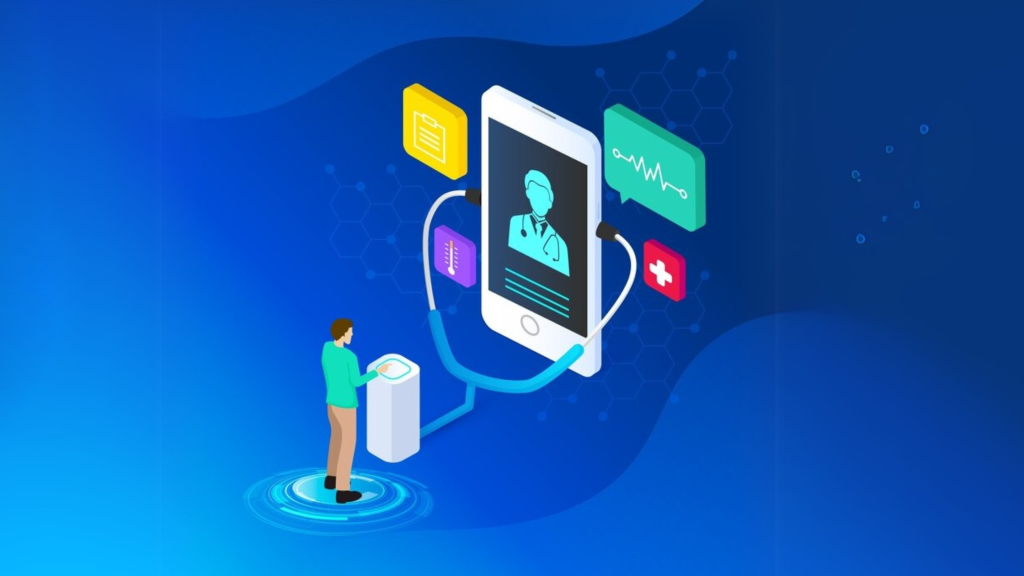
Top Six Misconceptions about Medical Transcription Services
Medical records of a person are essential for several reasons. Creating, updating correcting and keeping it safe is the responsibility of the medical team. Medical records provide comprehensive details about the patient, their medical history, treatment plan and all the medical documents. It is used for –
- Making correct diagnosis by the medical team
- Course-correcting treatment plan, as required
- Record-keeping of the individual patient
- Proof for claiming insurance and legal purposes
- Public health records for research purposes
The treating physician makes a first-hand record of the treatment plan. It is encoded in detail and the prescribed format by a medical transcriber.
It can be done in-house or by outsourcing to companies providing medical transcription services.
Medical transcription is an intensive process that requires qualified, trained and experienced personnel to accurately document information. It needs to be done in a prescribed format and accordance with HIPAA compliance. The process requires an investment of time, money and a strong team.
Outsourcing it to transcription agencies UK reduces the administrative and operative burden. This allows us to focus on providing quality medical care to the patients. However, since it is a huge decision, there are a few common misconceptions that prevent the medical care management team from making a timely decision.
Below are the myths and facts about medical transcription services that will help you make an informed decision.
1) Anyone with good typing speed can become a medical transcriptionist.
Fast typing is indeed a requirement to meet the turnaround time (TAT). But that is not the only criterion for being qualified to work in a medical transcription service in the UK. Therefore, a candidate who meets all the other criteria for a private medical secretary can only work in the transcription team.
2) Only typing and medical knowledge is required.
Once a candidate is hired, training is provided on medical terminologies, HIPAA compliance, tools to be used on the job and transcription formats. Before that, one needs to be good with the English language – grammar, written language, and listening skills. Since editing and revisions of the first draft will be a continuous part of the process.
3) AI can do medical transcription services

Though Artificial Intelligence (AI) cannot substitute human intelligence in medical transcription. These are the most common reasons –
- All accents cannot be identified and decoded.
- Formatting, editing, proofreading and revisions require human processing.
- In medicine, accuracy is crucial. Even a minor mistake can be life-threatening. Hence, we cannot rely on software tools to do the transcription.
- Automation tools are utilized for redundant tasks such as scheduling appointments, reminders and follow-ups. Therefore, using technology wherever applicable and required can make the task easy. But AI cannot replace human transcriptionists.
4) Expensive equipment is needed to work as a medical transcriber
Medical transcriptionists who work remotely or from the office do not have to invest in fancy equipment to perform their tasks. A laptop and high-quality headphones in good working condition are only required to do the job. The software tools used are provided by the medical transcription agency that one works for. A nice desk to work and an ergonomic chair is all that is required to sit comfortably and carry out the work.
5) Transcription service is only for long-term projects.
Usually, it is for long-term projects – for clinics and hospitals. Management of hospitals and even individual medical practitioners who operate private clinics will benefit from transcription. It includes transcribing for meetings and interviews as well.
Any medical professional who is required by Law to maintain medical records of their treating patients has to outsource medical transcription to agencies. This will ensure that the records are maintained as per the prescribed medical standards by the authorized board. It is strong proof in case of lawsuits and protects the credibility of the medical professional.
6) It is very expensive
There is no one-size-fits-all pricing in this. It is customized based on the requirement. It shouldn’t be considered as an expense, rather it has to be treated as an investment. Since it reduces the operational burden, maintains Electronic Medical Records (EMR) and safeguards the name of the concern it is an investment. It always proves to be less expensive than losing lawsuits and the hard-earned credibility in the market.
Conclusion
Don’t allow the misconceptions to stop you from utilizing medical transcription services. Either in-house or outsourced, it has to be carried out. The repercussions are far greater than the investment. Medical transcription can now be done in multiple languages making it easy to access across borders.
Frequently Asked Questions
1) How to choose the right medical transcription agency?
Look for accuracy, security, measures to comply with the rules & regulations, speed, experience and pricing. Compare and decide on the provider.
2) How many organisations outsource their medical transcription?
Large hospitals and clinics that operate are aware of the consequences of the absence of well-maintained medical records. Clinics and individual medical practitioners usually carry it out in-house.






